Inside Out 2 Digital Review
Intro
Pixar is one of my favorite movie studios of all time. Time after time, I can count on the fine folks there in Emeryville, California, to provide me with not only the most thought-provoking 90 minutes in a genre many deem to be for children, but also the most heart-wrenching.
Growing up, I connected with many Pixar films in a way that is difficult to describe. It wasn't just about enjoyment. Pixar films are like enrichment for the soul in a way. A prime example is the release of Toy Story two weeks before I was born. The film invited audiences, both old and young, to explore the idea of their toys coming to life.
While other Pixar films, such as Finding Nemo or The Incredibles, occasionally caught my attention as I grew older, Toy Story is the one that stuck with me the most. Ask my mom, and she'll tell you that I would play the film every day until high school when I memorized it and finally got bored. If Letterboxd existed back then, you can bet I would'vehad the world record for most watches of a single film with over 5,000 entries.
As someone on the upper end of the autism spectrum, with ADHD and Asperger's Syndrome, Pixar's films helped me to understand complex concepts like jealousy, nostalgia, leadership, familial bonds, idol worship, failure, greed, loss, and everything in between. However, despite releasing nearly 30 films, Pixar has failed to cover one critical aspect of life: becoming a teenager and all the new emotions that come with it.
Like any other teenager, I struggled (and still struggle with) anxiety, envy, embarrassment, and boredom. I was bullied by my cooler classmates, felt pressured to be like them, and ended up bullying those who did not deserve it. I felt near-constant boredom when I wasn’t doing anything like playing video games or playing basketball. It was an extremely confusing time, even ten years from those experiences.
So, when Inside Out was released in 2015, I thought that this was the perfect time to explore those emotions through the lens of Riley's fear, disgust, joy, sadness, and anger, especially at a time when I was starting to recover from the sudden loss of my father a year prior. To my surprise, the first time I watched Inside Out, I found its approach to emotions to be one-dimensional and shallow. Yet, in the nearly ten years since its release, I found myself relating more to the inner world Riley was dealing with regarding her move to San Fransisco and the errant expectations I had for the film.
Story and Themes
While the original Inside Out introduced us to Riley's core emotions, Inside Out 2 takes a deeper dive into the complexities of the feelings that come with becoming a teenager. The sequel builds on the foundation laid by its predecessor, offering a more nuanced exploration of emotional growth. The animation has evolved, with even more intricate details in Riley's mindscape, reflecting the increased complexity of her teenage world. The humor in the sequel feels more mature, mirroring Riley's growth while still maintaining the charm that made the original so appealing. Overall, Inside Out 2 captures the essence of what made the first film special while expanding its emotional palette in ways that feel both natural and necessary.
Personal Reflections
My own experiences with puberty were marked by a constant struggle with fitting in, envy, and the confusing dynamics of what I'll call the "popularity food chain" that middle school and high school generate. Riley's struggle to remain"cool" in Inside Out 2 felt painfully familiar. In middle school, I was bullied by the "cooler" kids, but what's more complicated is how I perpetuated that cycle of bullying when I thought I was finally "cool" by bullying others who did not deserve it to try and fit in. That feeling of envy--watching all the confident, popular kids--grew into something ugly. In that measure, the film captures that sense of wanting to be something you're not and the confusion that comes with it.
Another theme explored in Inside Out 2 is the restlessness and boredom experienced by teenagers. When I wasn'tplaying video games or busy practicing for basketball, I felt lost. That constant need to distract myself from my thoughts, because they felt too big and overwhelming, was something I struggled with throughout my teenage years and still struggle with today. Being a teenager is confusing and isolating, especially when you don't understand the root cause.
Being a teenager is when all your emotions feel like they're constantly changing, and it's hard to figure out who you are. Inside Out 2 taps into that confusion perfectly, showcasing how emotions show up uninvited, overwhelm you, and leave you without direction. Watching the film brought me back to how I struggled through my teenage years, unsure of who I was supposed to be. In Riley, I saw a reflection of my younger self navigating the same messy emotional terrain without the tools to tell Riley how to fix things.
It's for that reason that it's taken me two months and change to publish this review. Inside Out 2 made me confront my younger self, and have a one-on-one conversation with him. These past couple of months, I shelved a nearly complete version of this review because my younger self told me that the version of my review that I would have published wouldn't be reflective of my experience of the film. I couldn't rely on my tried-and-true review format of going section by section and reviewing each aspect of the film. Instead, I had to look within and tell you who I am and how the film affected me. I hope you enjoyed this format change.
★★★★★
Video Quality
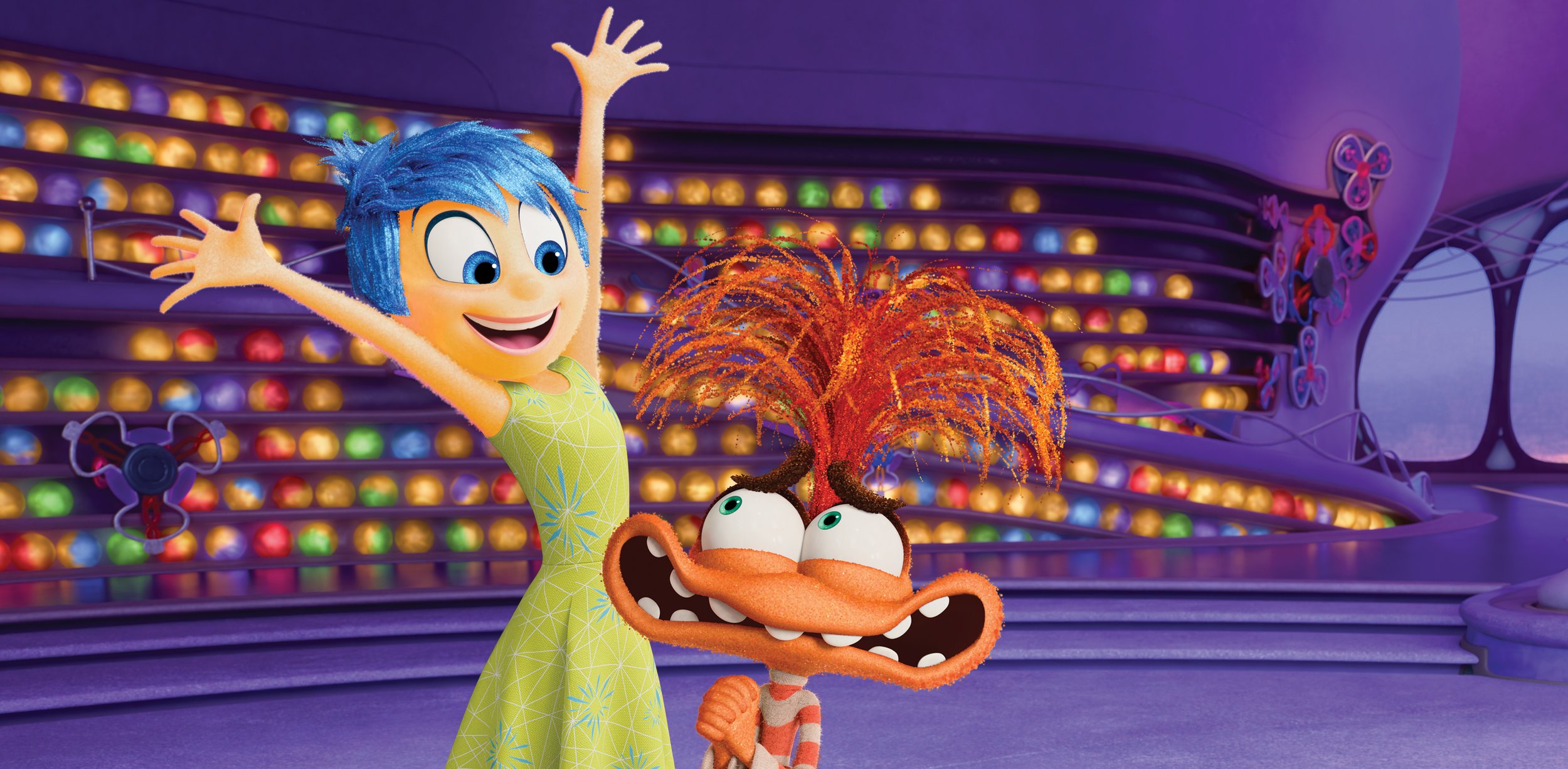
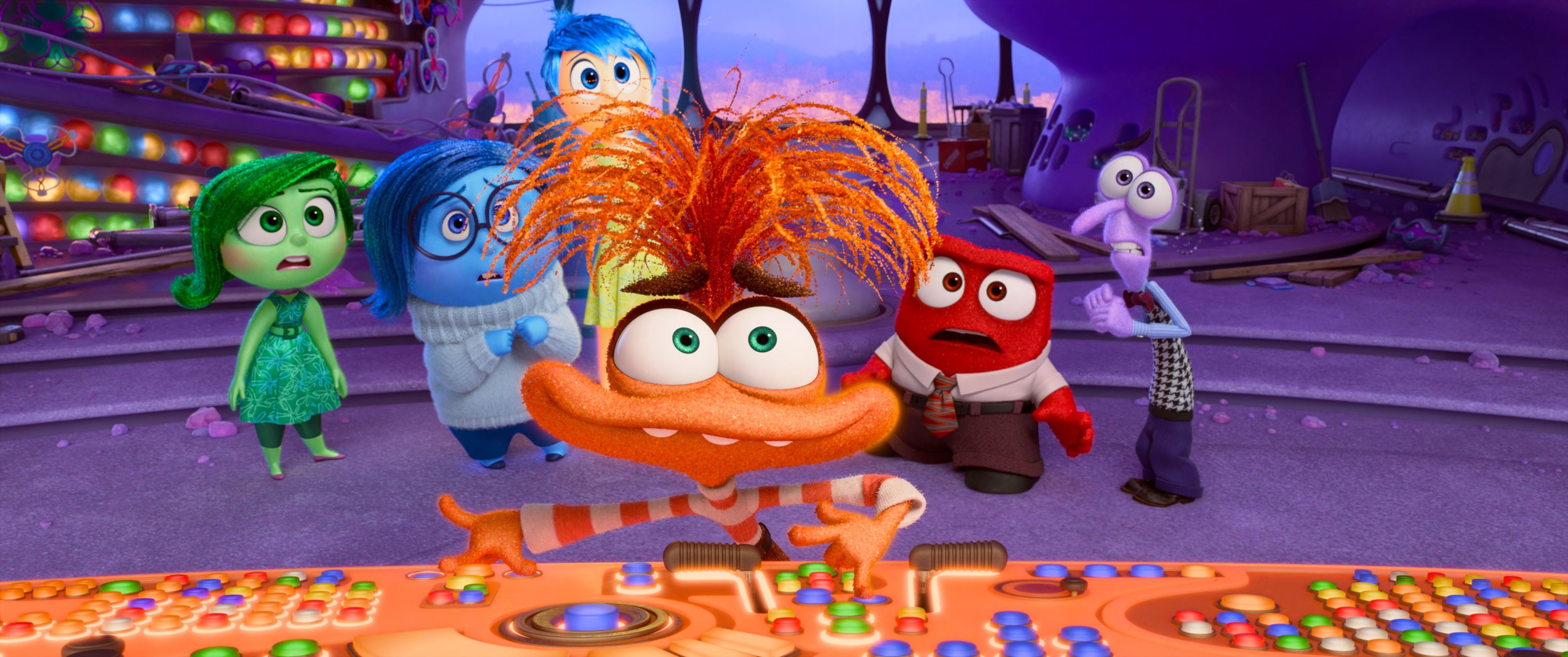
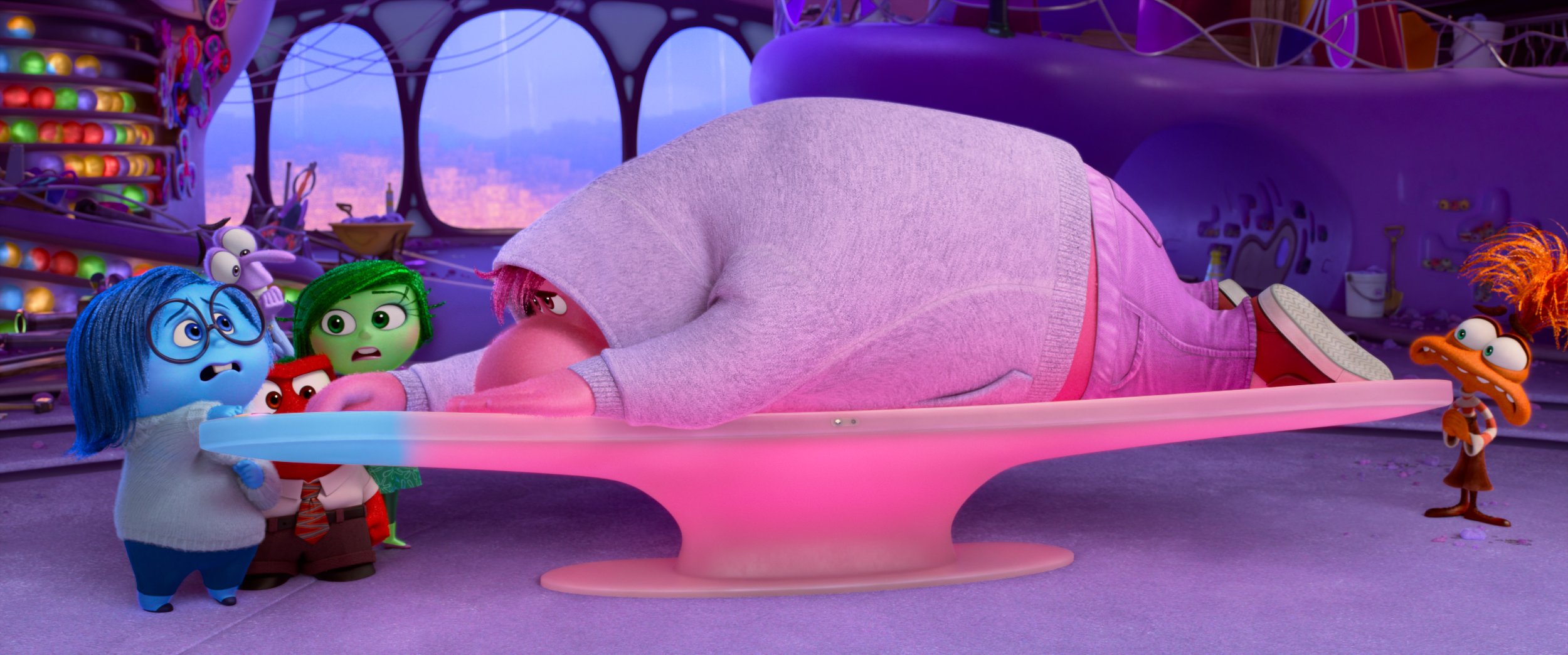




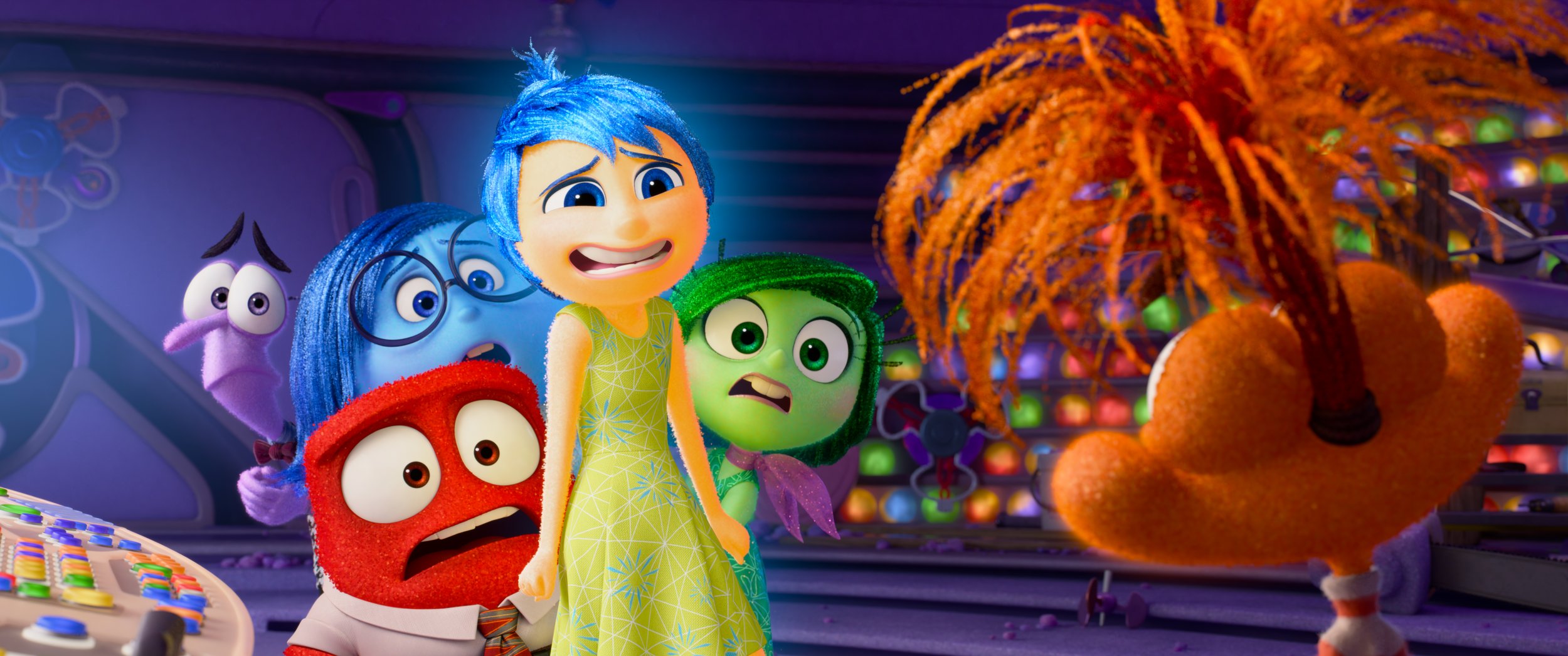
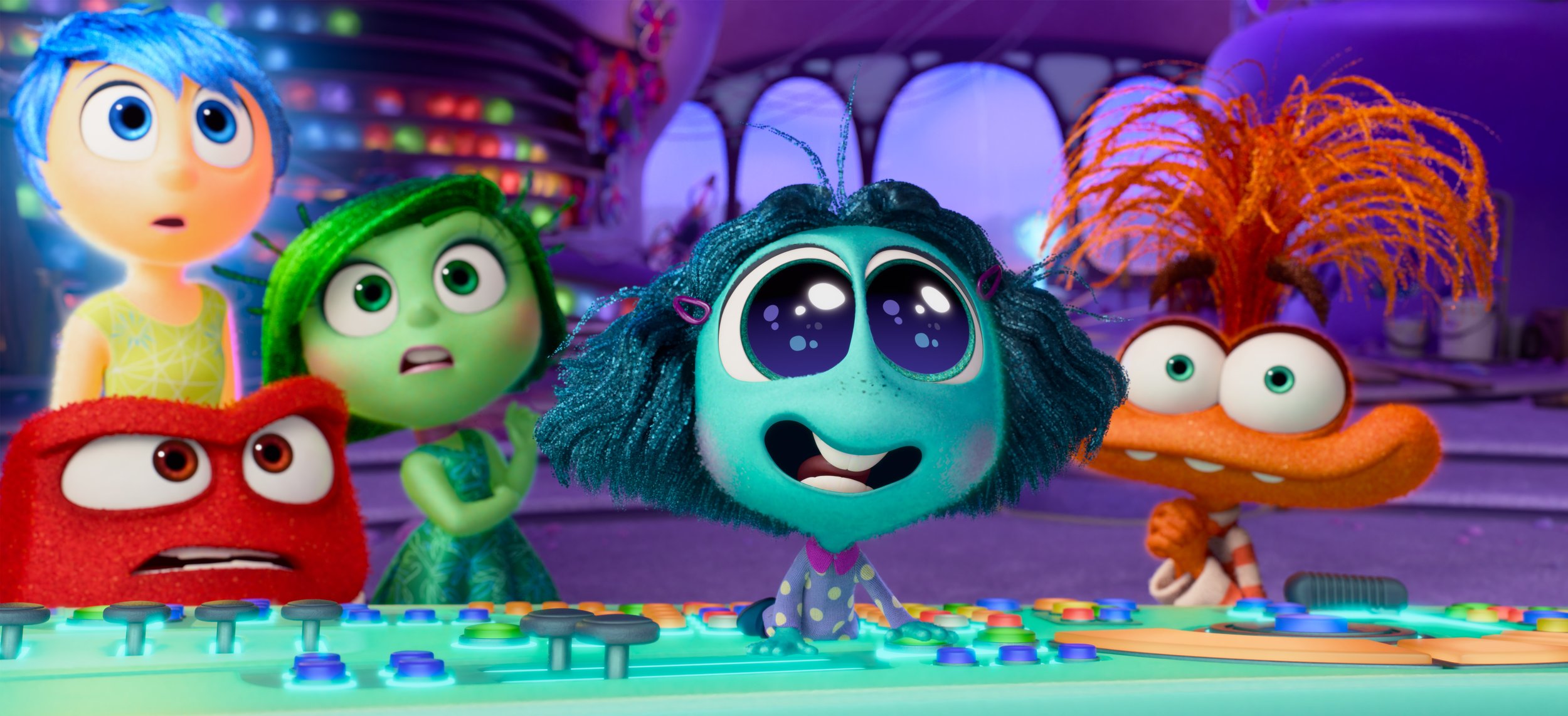
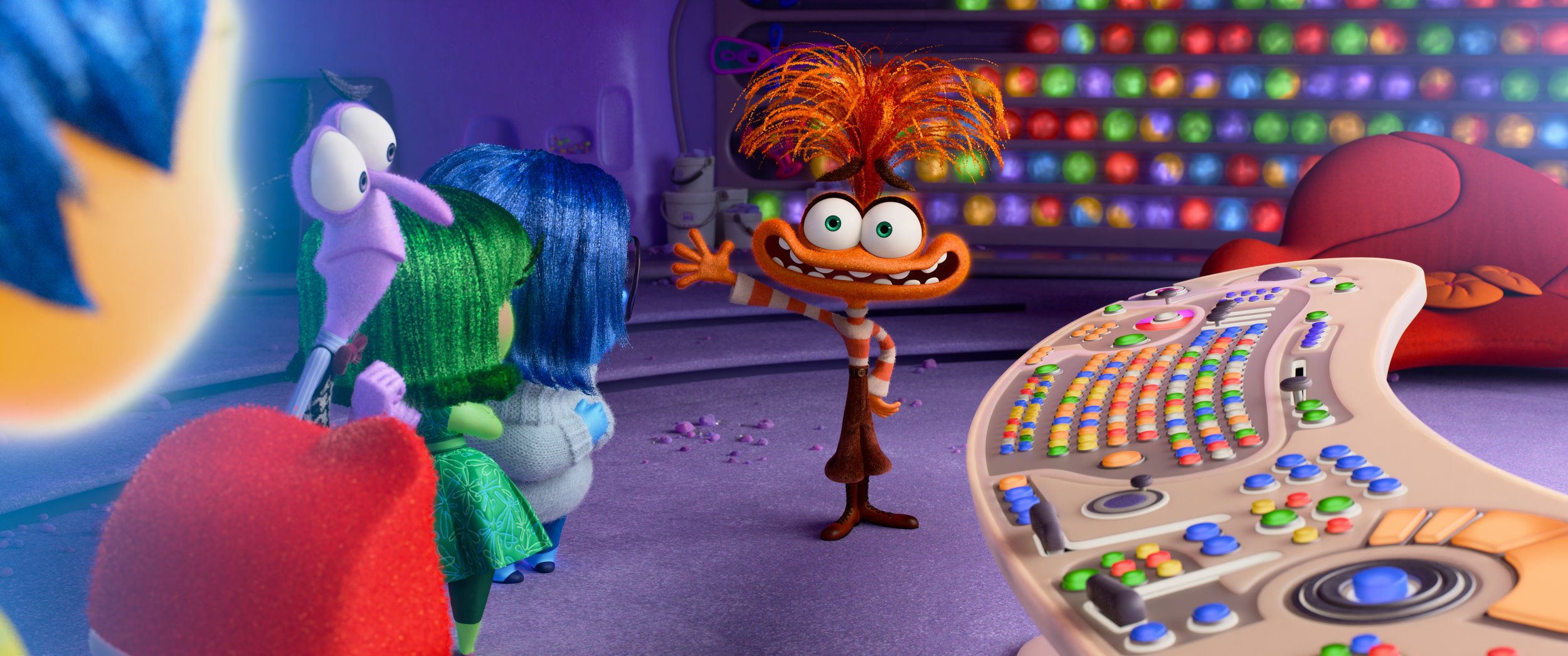
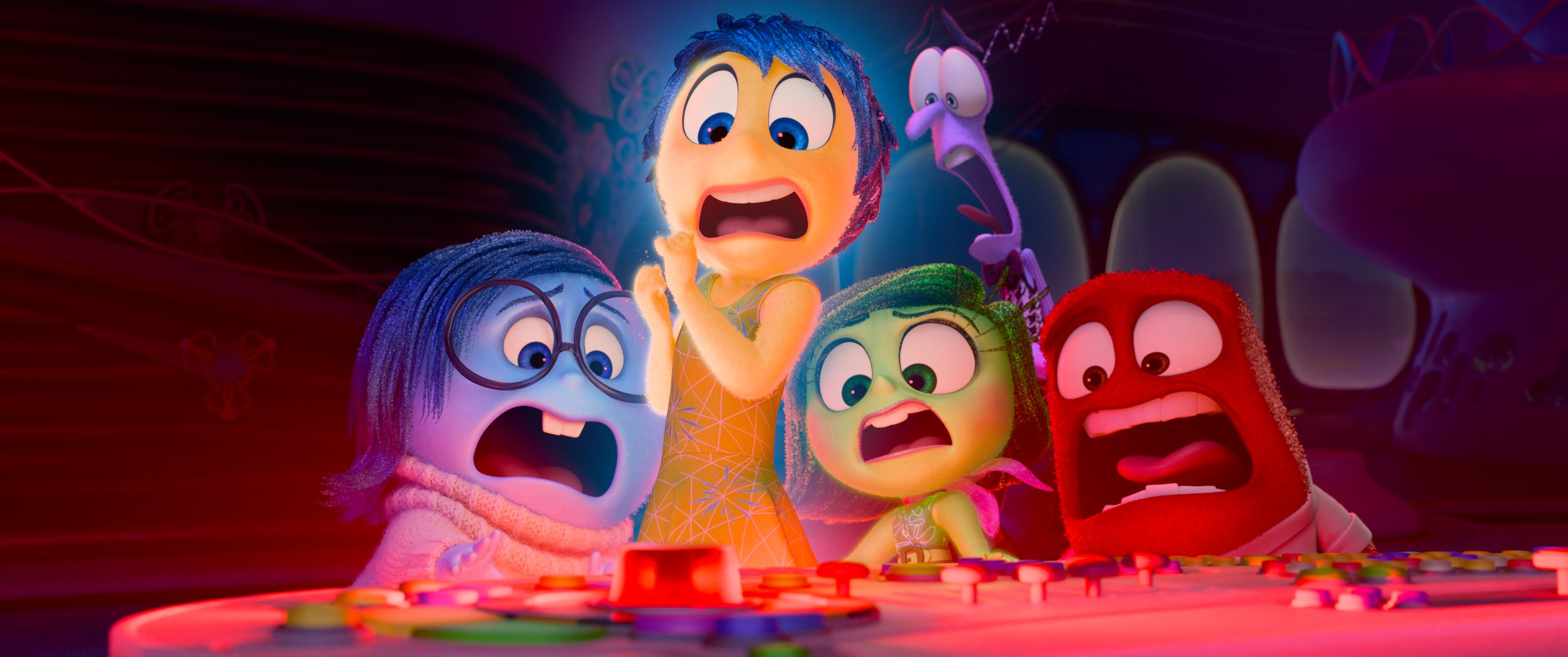

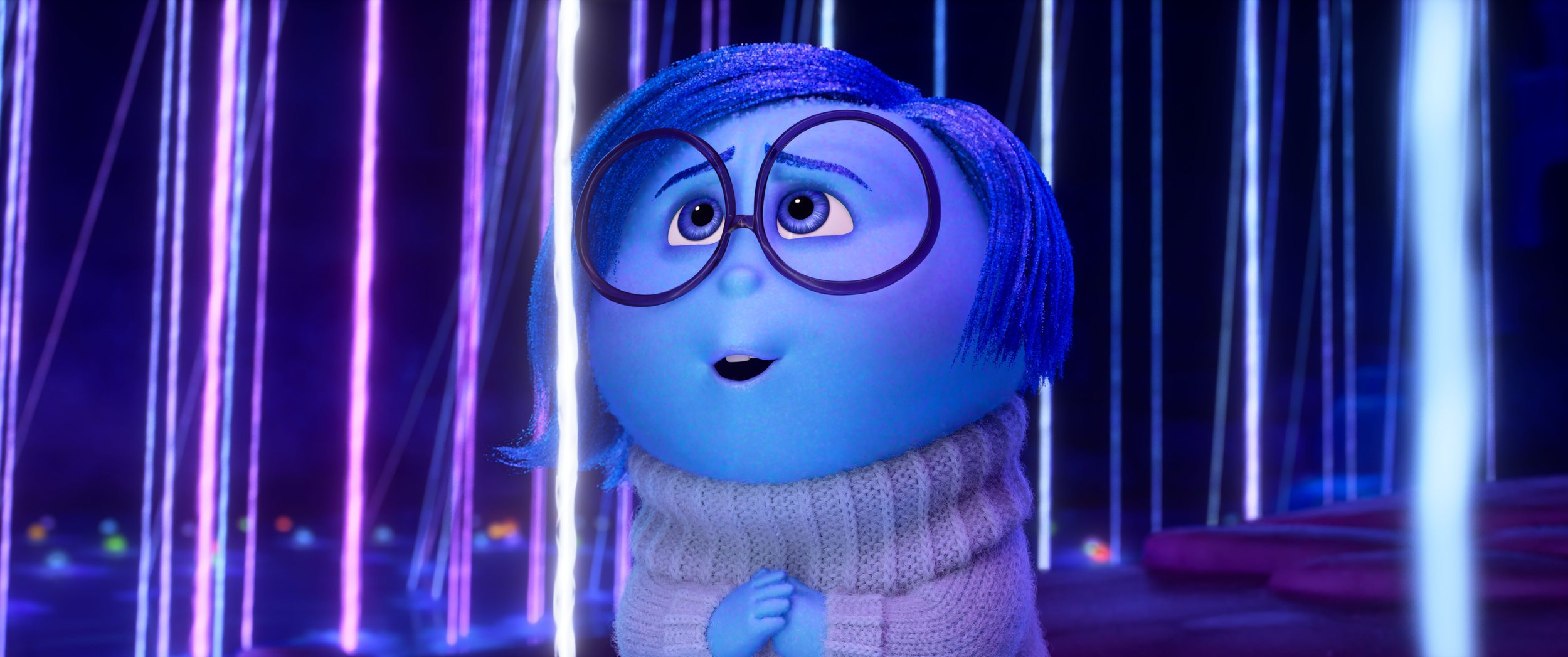
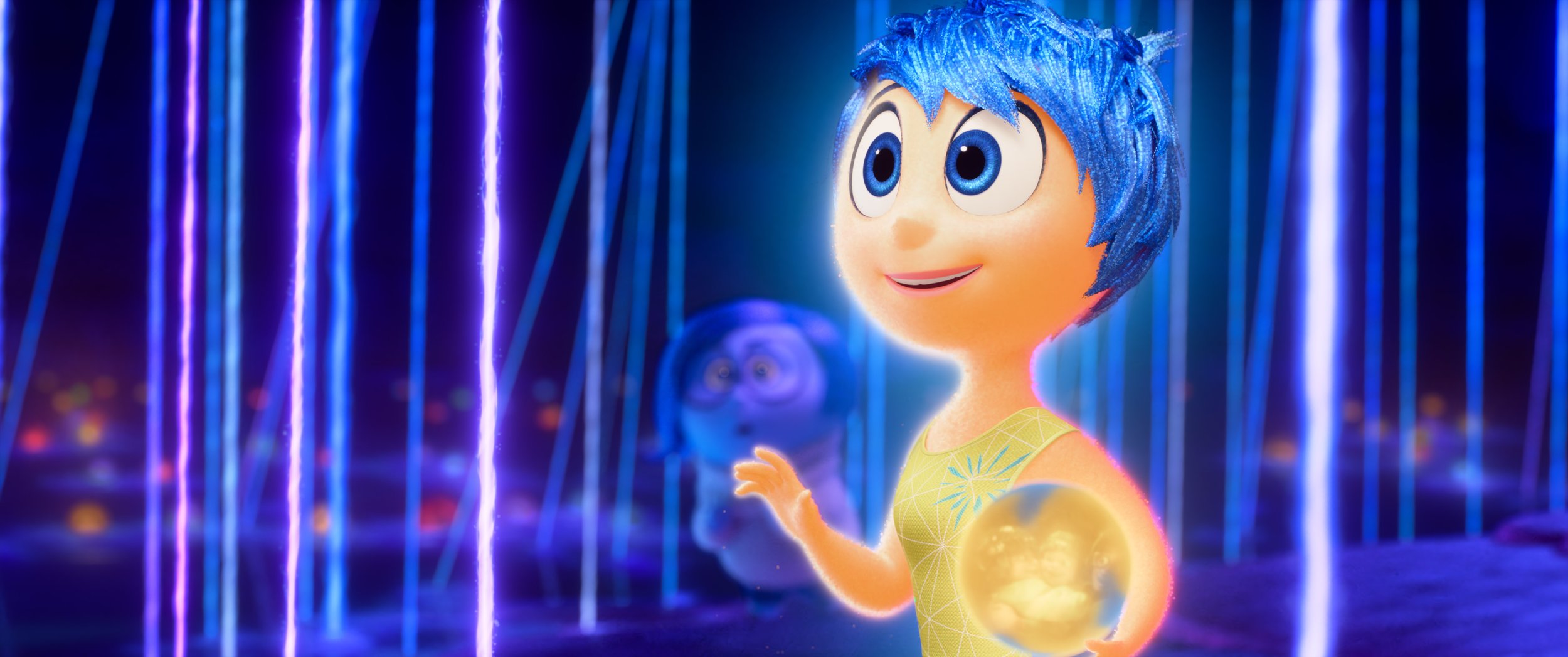
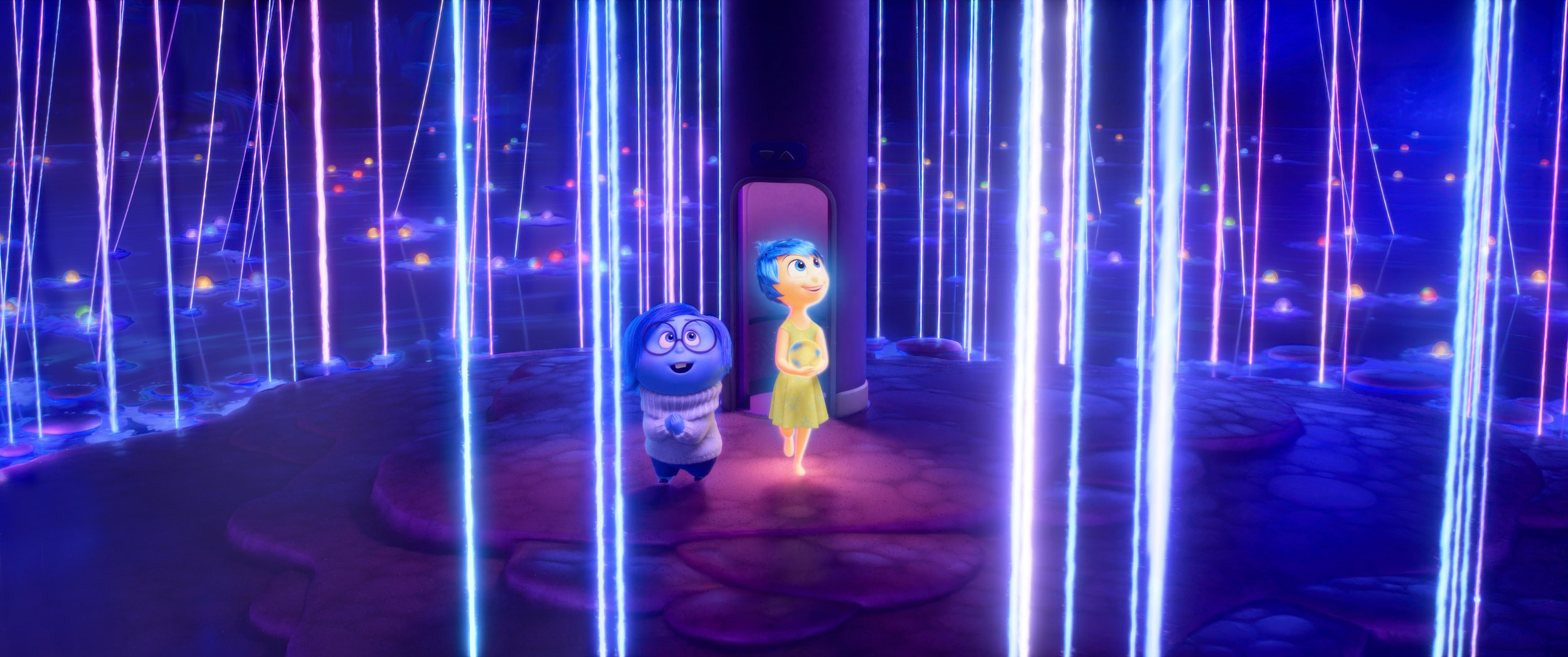
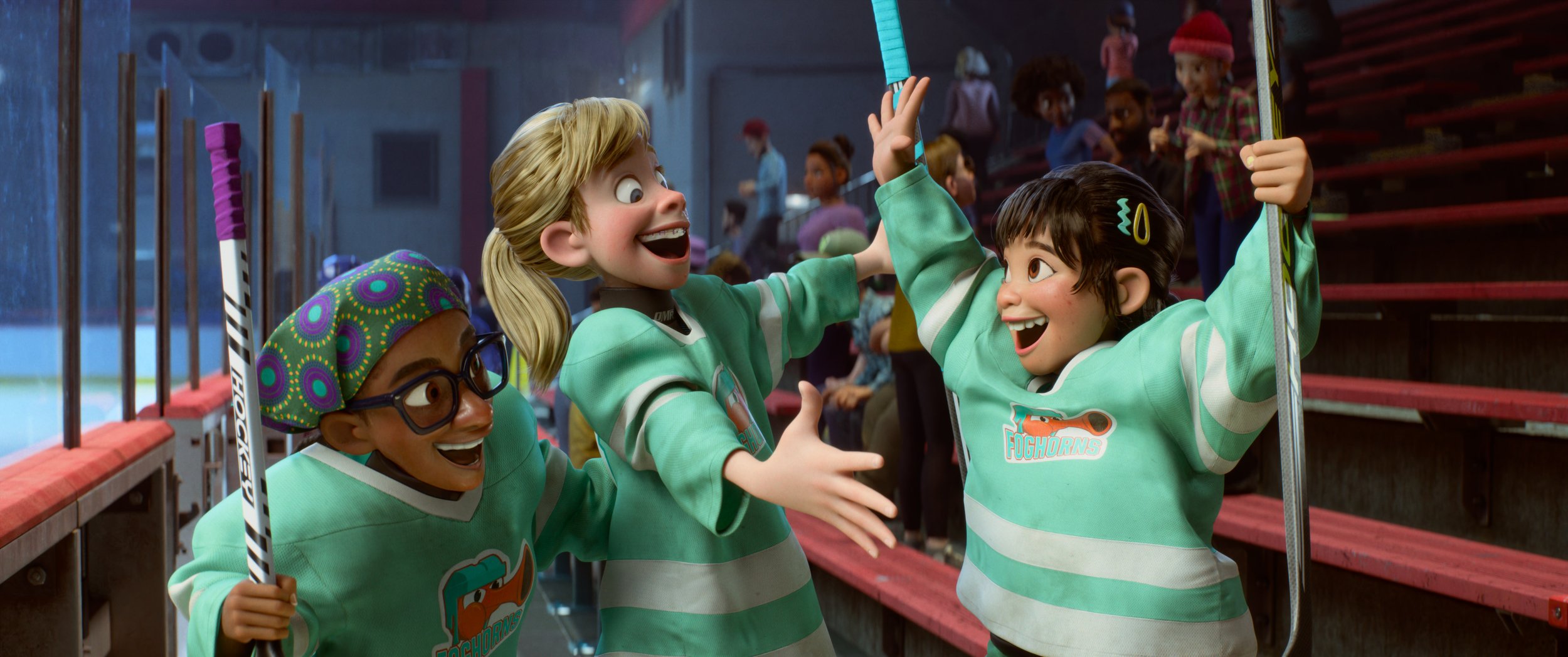
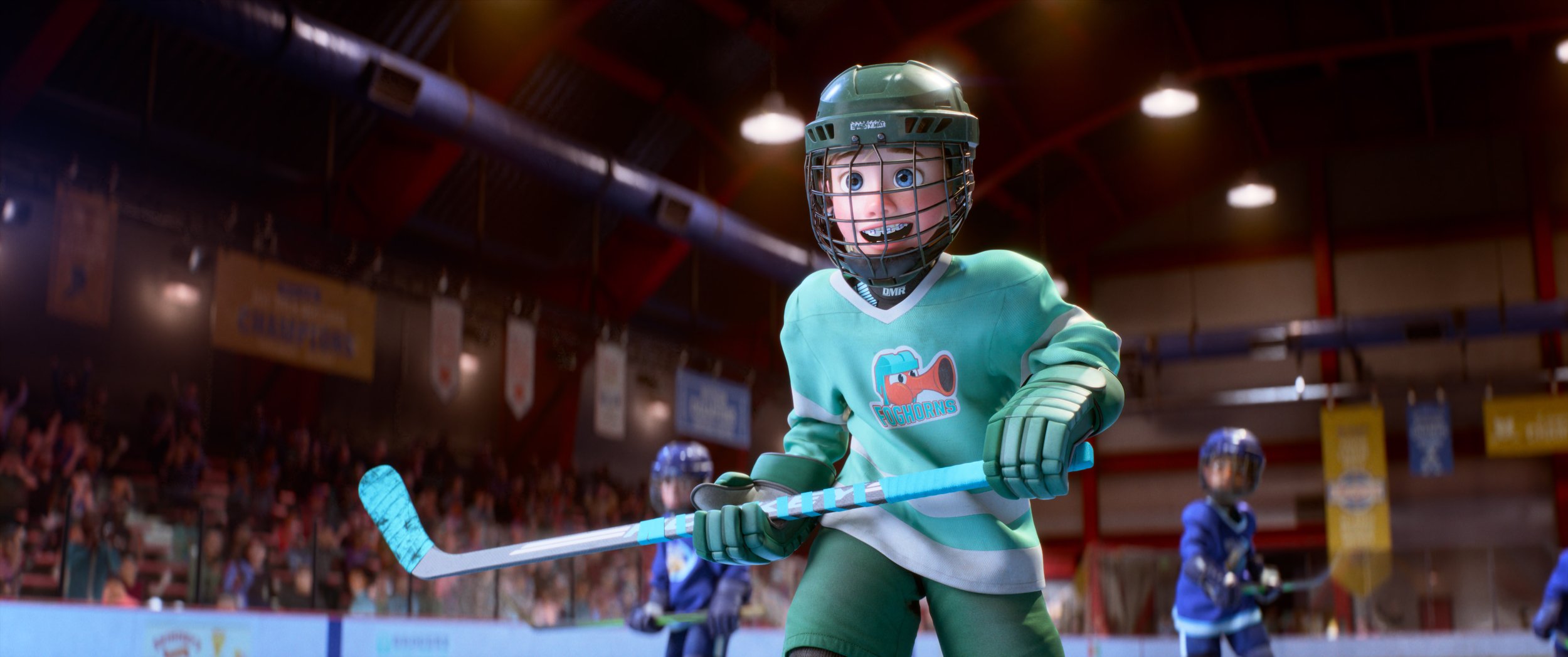
The digital release of Inside Out 2 offers a beautifully crisp and vibrant viewing experience. Watching the movie on my 4K monitor in full HDR allowed me to appreciate fully the details in Pixar's animation. The 2160p (4K) transfer in a 2.39:1 aspect ratio, encoded with HEVC/H.265, brings out stunning details, making every scene feel alive. The HDR adds a ton of highlights, enhancing the vivid colors of Riley's emotional world. Textures, like Joy's dress, stand out beautifully, and the glowing memory orbs that make up Riley's Sense of Self felt almost tangible. From abstract landscapes like Imagination Land to the tiniest facial expressions, every pixel is rendered with Pixar's signature care. Even though I was watching at home, the clarity of the 4K transfer made every detail pop, making this one of Pixar’s most visually immersive digital releases.
★★★★★
Audio Quality
The sound design in Inside Out 2 is equally impressive. While the 4K transfer is encoded in Dolby Atmos, I doubt that my Sony WH-1000XM4s connected via the 3.5mm headphone jack on my MacBook Pro experienced the full capabilities that Dolby Atmos has to offer. Even so, the audio was crystal-clear and dynamic. I noticed impressive motion beyond the left and right channels, with subtle overhead effects such as Joy shooting a memory core to the Back of the Mind adding depth to the experience. The emotions' distinct voices were sharp and easy to pick out, and their delivery added another layer of relatability to the characters. The score, composed by Andrea Datzman, perfectly complemented the emotional beats. From the swelling music to quiet dialogue, the sound design amplified the emotional moments---moments that, without spoiling anything, reminded me of my struggles with anxiety and confusion during my teenage years. The Supervising Sound Editors, Coya Elliot & Ren Klyce, created a soundscape that deeply immersed me in the emotional turmoil of growing up. I cried. Multiple times. Good job, Pixar.
★★★★★
Special Features and Extras
The digital edition release of Inside Out 2 comes with a range of extras that give you a deeper look into the film'smaking. However, it's disappointing that these same bonus features are also available on Disney+ at no additional cost beyond the subscription fee. This raises the question: why spend $20 on a digital purchase when you can stream everything, including the extras, on Disney+?
New Emotions: (HD; 11:44) This featurette explores how Riley’s entry into puberty brought new emotions to the mix, including Anxiety, Embarrassment, Ennui, and Envy. The featurette discusses the process of narrowing down these emotions from a long list, the design of these characters, and their animation and voice acting. It’s fascinating to see how the team captured the shifting emotional landscape of becoming a teenager—a landscape I related to. It's probably the better of the two featurettes, as it feels like a brief overview of the making of the film before the eventual feature-length Disney+ documentary gets released.
Unlocking the Vault: (HD; 8:59) This featurette is a sort of "visual commentary" where the filmmakers discuss a scene titled "The Vault," where Riley’s repressed memories, like Bloofy and Lance Slashblade, come into play. It’s aninteresting look at how Pixar blends 2D and 3D animation and crafts some of Riley’s forgotten memories. I would'vepreferred a longer version of this similar to what Pixar did with Toy Story 4's digital release called Anatomy of A Scene, where they pick multiple scenes from the film and analyze them, but this is a great addition.
Deleted Scenes (HD; 23:53):
Cold Open: A 13-year-old Riley awkwardly performs an original song for a school audition.
Broken Joy: Joy fears she’s malfunctioning after losing control of the console.
Pool Party: Riley’s attempt to fit in at a party results in embarrassment and leads to a battle with Anxiety, which morphs into Self-Loathing.
Puberty Park: The emotions navigate a puberty-themed amusement park while being chased by mind-worker cops.
Shame Spiral: Riley and her friends play "Never Have I Ever" during a sleepover, triggering chaos in Riley’s mind.
While the bonus features are informative and offer valuable insights into the film's development, the total runtime for these extras is around 44 minutes, which feels a bit short for a $20 digital release. Since these same extras are also available on Disney+, it's hard for me to justify purchasing the digital copy for those who already have a subscription.
For me, I would've liked to see exclusive bonus features and extras like an extended or themed commentary, a deeper dive into the character designs, or additional behind-the-scenes footage. Without that, there is little incentive to spend money on the digital release when Disney+ offers the same bonus features, extras, and the film at a fraction of the cost.
★★★
Score and Recommendation
Inside Out 2 isn't just a sequel - it's an introspective look at the confusing, messy process of growing up, something I connected with deeply. The film taps into the emotional chaos of puberty, making it relatable not just for children, but for anyone who remembers the struggles of being a teenager. Watching Riley's emotional journey mirrored many of the experiences I had as a teenager dealing with anxiety, envy, and the constant pressure to fit in. Even after all these years, those feelings are still raw and real.
From a technical standpoint, the video quality is outstanding, with the 4K HDR transfer adding incredible detail to Pixar’s animation. The sound design is equally impressive, even without Dolby Atmos compatible headphones, and the score by Andrea Datzman elevates the emotional moments. While the special features are informative, I would have liked to see more behind-the-scenes featurettes like Pixar has done in the past, particularly for a film that has such a rich emotional core.
Ultimately, Inside Out 2 is an emotionally powerful film that goes beyond the surface of becoming a teenager, making it a must-watch for anyone who's ever felt lost or overwhelmed by their emotions.
★★★★
Conclusion
As I reflect on my journey with Pixar films, from my countless rewatches of Toy Story to my evolving appreciation of Inside Out, I'm struck by how Inside Out 2 represents a new milestone. Just as Pixar's films have helped me understand complex emotions throughout my life, this sequel offers a profound exploration of the turbulent teenage years. It's a testament to Pixar's storytelling prowess that they can take such personal, often confusing experiences and make them universally relatable. Inside Out 2 isn't just a worthy sequel - it's a powerful reminder of why Pixar continues to be one of my favorite studios, consistently delivering films that are both thought-provoking and heart-wrenching.
Where to Watch
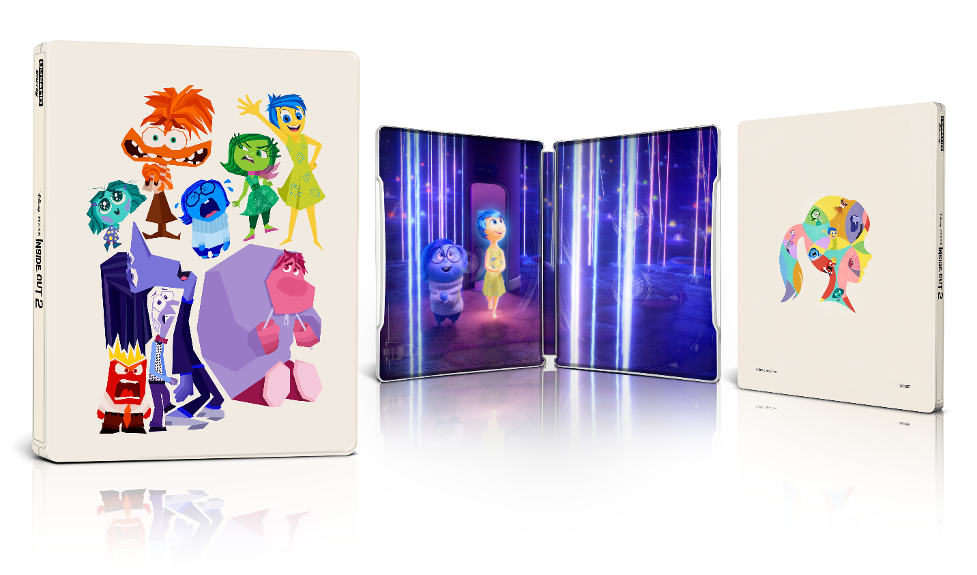
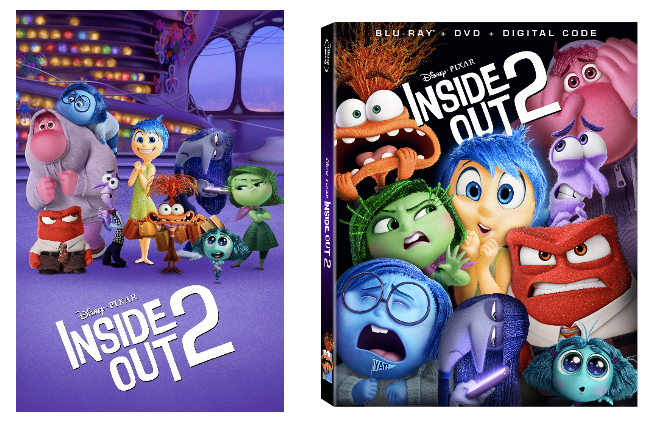
Inside Out 2 is now available to purchase at digital retailers (Apple TV, Fandango at Home, Google Play Movies & TV, Microsoft Movies & TV, Movies Anywhere, and Prime Video). It's available on 4K UHD, Blu-ray & DVD at Amazon, Target, and Walmart. Additionally, you can stream it on Disney+.
Follow Me
Support My Work
If you want to become a Patron, head to Patreon.com/AustinBMedia or AustinB.Media/support for more information.
Until next time!


